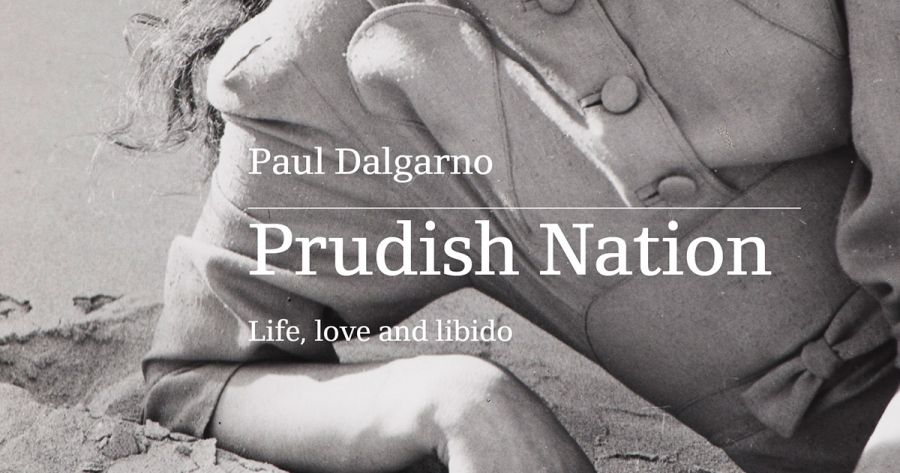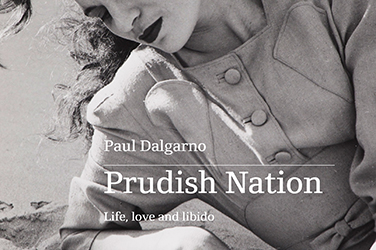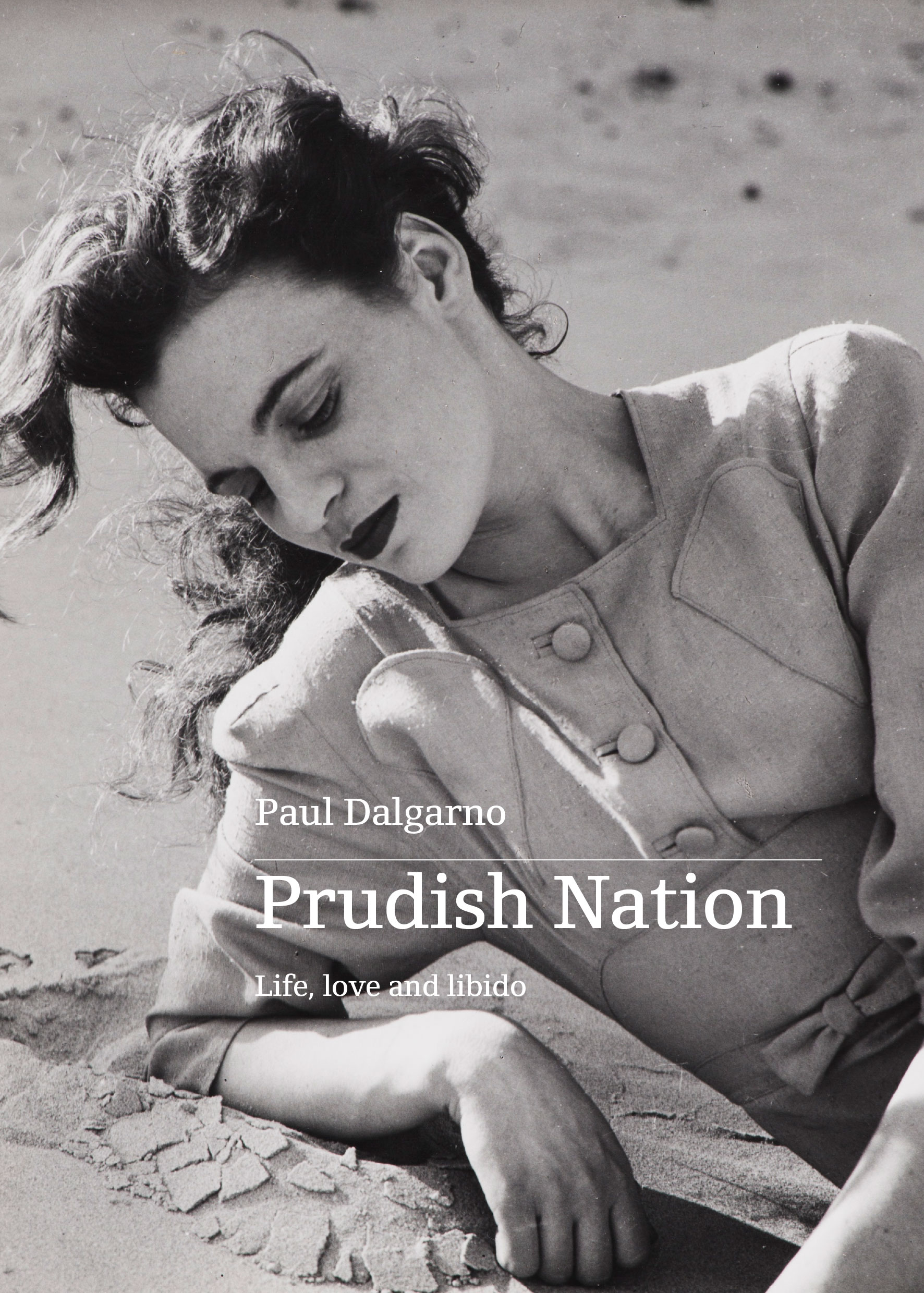
- Free Article: No
- Contents Category: Gender
- Review Article: Yes
- Article Title: Lost and found
- Article Subtitle: An account of sexual fluidity
- Online Only: No
- Custom Highlight Text:
Max Dupain's portrait of Jean Lorraine, a favourite model among Sydney’s artists and photographers of the 1930s and 1940s, graces the elegant cover of Paul Dalgarno’s Prudish Nation. All that gives a somewhat misleading impression of the nature of this book. It is not a work of history. Nor is it an investigation of whether Australia is a notably prudish nation. The variety of gender and sexual identities examined certainly does not leave an impression of prudishness. If Australia was once prudish, it is obviously less so now.
- Featured Image (400px * 250px):

- Alt Tag (Featured Image): Frank Bongiorno reviews 'Prudish Nation: Life, love and libido' by Paul Dalgarno
- Book 1 Title: Prudish Nation
- Book 1 Subtitle: Life, love and libido
- Book 1 Biblio: Upswell, $29.99 pb, 215 pp
- Book 1 Cover Small (400 x 600):

- Book 1 Cover (800 x 1200):

Dalgarno is reluctant to become a spokesperson for polyamory, yet as someone who has written on it in fiction (Poly, 2020), and now in literary non-fiction, he is for the time being fated to such a role. If he is not fully convincing, it is in large part because we see his unusual family arrangements through his own eyes and only through his rendering of the perspective of others. His wife barely moves out from the shadows, although we learn that he loves her and she has had other partners. His partner or ‘girlfriend’ emerges a little more clearly, as do the children.
The book draws on various interviewees who represent sexualities that mainly – but not always – sit somewhere in that complex, lengthening and shifting collation, LGBTQIA+. We meet a man whose polyamorous relationships take in two other gay men. We meet a heterosexual couple from Tasmania with an age difference of thirty-five years. We meet gay, lesbian, bisexual, and transgender people, mainly intellectuals, writers, or creatives of one kind or another.
These are thoughtful people – members of the knowledge class comfortable talking about themselves, as well as generalising about their times and their society. Everyone is very nice to everyone else. Some, such as Christos Tsiolkas and Andrea Goldsmith, will be familiar to readers likely to pick up this book. Other names will prompt Google searches. But the testimony being offered is not that of a tradie with a wife and three kids looking for sex on a beat, or twenty-somethings negotiating the world of online dating, and certainly not of middle-aged heterosexual couples in their suburban homes with 1.9 children. Dalgarno’s subjects are also more likely to be middle-aged or older people; they figure as rather assured witnesses to their own lives, people who once were lost but now are found, comfortable in their own skins.
The invitation here is to examine our own deeply entrenched assumptions about sex, gender, and society, about what is valued by those with cultural and political power, and what is marginalised, dismissed, or stigmatised. That might be an especially worthwhile exercise in the wake of marriage equality – a cause that most progressives supported and whose triumph they celeb-rated, but which also drew on conservative notions of what it means to live a queer life by authorising respectable coupledom as the pinnacle of achievement in the world of intimacy. But where did that leave those whose gender and sexual identities were more distant from the heteronormative mainstream? The answer offered here is that they were left vulnerable to the kinds of aggressive culture wars that we have seen waged against transgender people in recent years.
Dalgarno writes with humour, candour, and intelligence. There is some patchwork historical background, but the book is not strong on recognising its subject’s hinterland. Faramerz Dabhoiwala in The Origins of Sex: A history of the first sexual revolution (2012) revealed something of the richness of debates over polygamy in the eighteenth century. And when Dalgarno quotes one of his interviewees, Filip Vukašin, to the effect that homosexuality ‘needs to lose its gloss, to be just like your eye-colour’, he does not notice that Vukašin was saying something virtually identical to Christabel Poll, one of the founders of the Campaign Against Moral Persecution, or CAMP, in 1970: ‘People’s sexual and emotional preferences are no more relevant than the colour of their eyes.’
If that implies a lack of change over more than half a century, the world of gender and sexuality that Dalgarno evokes has nonetheless surely brought us closer to the early visions of gay liberation, in which an embrace of the ‘polymorphous perverse’ would make conventional sex roles and sexual preferences redundant. Here, Dalgarno does recognise the way Homosexual: Oppression and Liberation (1971) by Dennis Altman, whom Dalgarno interviewed, was remarkably prescient in its vision of a world beyond gender roles and sexual identities.
We are not there yet. But Dalgarno clearly reckons we are on the way, and he wants to do his bit to get us there just a little bit faster. The book will stand as a testament to the diversity and fluidity of sexual and gender identity in this historical moment.


Comments powered by CComment